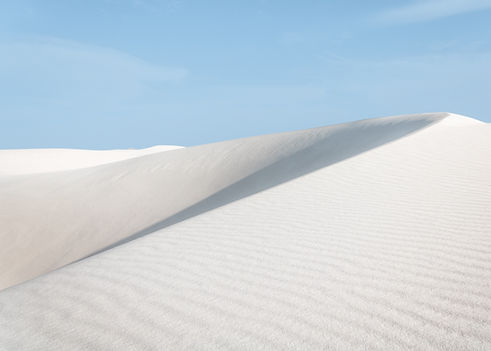



Sarah with her first yak, Harriet
Yak Facts
-
Tibetan Yaks are in the Bovine family just like standard cattle. Some features that differentiate them are their broad shoulders, shaggy hair, long horse-like tails, and large handlebar-type horns.
-
Yaks originate from the Himalayas and can climb over 20,000 feet in altitude. They have rounded, cloven hooves and strong legs that help them climb steep rocky slopes.
-
Yak have lungs 3x larger than average cattle to help them do well in high altitudes.
-
In Tibet, a “Yak” is a male and a “Nak” is a female. In English, yak is used for both sexes.
-
Yaks make low grunting sounds, unlike a cow's Moo.
-
Males can reach over 6 feet tall and 1200lbs, whereas females are about 1/3 the size.
-
Yaks come in different colors such as Imperial (all black), Native (black with light nose), Trim (white star on the forelock), and Royal (black and white).
-
Yaks are used for meat, packing (in Tibet they are known as the boats of the plateau), meat, cheese, and fiber production.
When I first saw a Tibetan yak, I thought they were the most majestic animal. I had to have one, then five! They have long, bicycle handle-bar type horns that make them so unique to any other bovine. I of course, wanted the super wooly, high maintenance yaks that have extra guard hair covering their face like Highland cattle. Every late spring, they shed out extremely soft, cashmere like down. Each have their own personalities, from gentle to total diva! Yaks are a wonderful addition to any farm, and I can spend hours just watching them.
-Sarah






